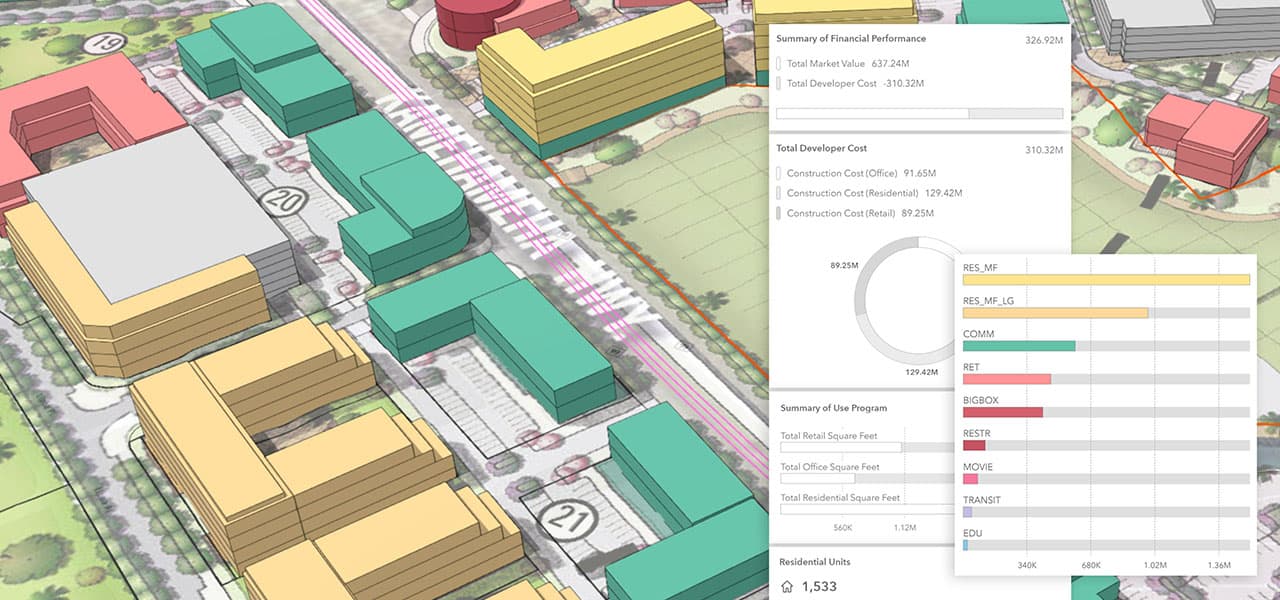
You might wonder what a construction project manager does. Well, to put it simply, a construction project manager stands as the centre of contact between the client, engineers, architects, contractors, and workers, wearing multiple hats and leading teams.
Sounds tough, right? It happens to be an intense role that requires 3 to 5 years of experience along with expertise in the right project management tools and BIM software.
Also, this role seems to have a stable demand with a growth rate of 8% through the year 2031.
Now, let's jump into a little depth and understand what this role entails and how you can become one. From key skills for Construction Management Projects to the most used software, this blog covers it all.
What is Construction Project Management?
Construction Project Management is all about managing the lifecycle of a structural project from ideation to final execution. It’s about sitting with the client to understand the vision. And from here to see it take shape, along with the architects, contractors, and workers. They bring it to life while you supervise the project. Sounds exciting, right?
But do remember that it is a complex discipline that requires rigour and an eye for detail. It includes cost control, scheduling, procurement, and risk assessment. Moreover, dealing with internal clashes within various teams.
The ultimate goal of construction project management is to deliver a well-executed structural project promptly, while maintaining tight control over the budget and demonstrating a deep understanding of the entire process.
What does a Construction Project Manager do?

As discussed above, a Construction Project Manager is responsible for the timely delivery of a structural project along with its lifecycle management.
Let’s take a look at the 5 Stages, which outline the job responsibilities of a Project Manager in Construction:
1. Planning and Development
Determining whether the project is even feasible to begin with is the first step. Not all stunning visuals can be turned into structural reality. Moreover, there is a long list of pros and cons to keep in mind before starting a project. As stopping in between will not just lead to financial losses but also bring a bad name in terms of trustworthiness.
2. Design
Once it is decided that the project is feasible, then comes the design stage, from the pipes to the screw. Every nook and cranny of the structure is visualised, designed, and documented. The role of the Project Manager in Construction is to supervise the project without missing a single beat. Making sure every drawing meets the project’s requirements and its specification while keeping the timeline in mind and costs under control.
3. Preconstruction
Preconstruction is the roadmap created by the Construction Project Manager to guide the team through the whole construction project. It is like a game plan shown to each player (architects, engineers, clients, contractors, and workers). It is done to make sure they understand their role. About what they need to do, when they need to do it, how they should accomplish it, and what it should cost.
4. Procurement
Sourcing, purchasing, and transporting the materials and services to complete a project. A Construction Project Manager’s role is to estimate the risk and value of each material and service. Maintaining a buffer in case of market shifts and inflation.
5. Construction
You have the plan, the material, and the manpower; now it’s time to commence the construction. A Construction Project Manager looks after the complete process, aka the complete lifecycle, making sure that the developments and well-documented and the implementation takes place on time.
Key Skills Required To Become a Construction Project Manager
A range of Construction Project Management skills from various buckets make up for the requirements, including technical and soft skills.
Technical Skills For Construction Project Managers
- Construction Knowledge - It’s fundamental to have the right and extensive knowledge about all aspects of construction, from design and documentation to understanding blueprints.
- Building Codes and Regulations - A Construction Project Manager needs to be proficient in federal, state, and local building codes, along with environmental laws and safety regulations.
- Cost Estimation and Budgeting - Developing a budget plan while maintaining a buffer in case of inflation. Accurately estimating costs for materials, labor, equipment, and other expenses. Also tracking and monitoring actual costs against the budget to identify variances.
- Quality Control - The responsibility is to establish a quality control system for that particular project for various departments. Supervising and making sure that these protocols are followed.
- Risk Management - Another aspect is analysing various risk and their likelihood to the project. Developing and implementing risk mitigation strategies and contingency plans, along with monitoring and reassessing risks throughout the project lifecycle.
Soft Skills For Construction Project Managers
- Leadership - One should be able to lead and motivate the team when things get hard. In a leadership role, a Construction Project Manager is required to put others' needs over their own. They need to step up and take responsibility for the goods and the bads equally.
- Communication - Different teams have different means of communication. The timeline that works with architects might not work the same way with the engineers and the contractors. Thus, it becomes equally important to know the right way to communicate with each team and clarify all points beforehand.
- Problem Solving - Problems can arise anytime, making it equally important to have the analytical skills to solve those problems. Be it concerning blueprints, material, or deliverable timings.
Most Used Construction Project Management Software

1. Autodesk Revit
One of the leading construction project management software tools. Revit is a primary BIM software used by architects, engineers, and contractors alike to model buildings and create their documentation. It allows for the creation of 3D models with intelligent objects that contain data about the building components, enabling better collaboration, analysis, and visualisation throughout the design and construction process.
2. Autodesk Navisworks
Another powerful BIM software, Navisworks is used for analysis and coordination, allowing for clash detection, project coordination, and construction simulation, enabling teams to identify and resolve potential issues before construction begins.
3. Civil 3D
Civil 3D is a BIM software designed for civil engineers, surveyors, and other infrastructure professionals. It is used for designing and documenting civil engineering projects like roads, highways, bridges, and drainage systems.
4. Autodesk Construction Cloud
Construction Cloud is a unified platform that connects teams, data, and workflows throughout the construction lifecycle. It offers a range of tools, including Autodesk Build, for project management, document management, and more.
5. Autodesk Build (previously PlanGrid)
Autodesk Build is a construction management software within the Construction Cloud. It provides tools for project management, field collaboration, quality and safety management, and cost control, helping teams streamline construction processes and improve project outcomes.
Conclusion
For any professional in the AEC industry, investing in Bluebeam training courses is a strategic move. Each of these courses is designed to elevate your proficiency with your choice and convenience of learning.
Pick one and leverage the powerful Bluebeam construction software to its fullest potential by gaining knowledge and acquiring a certification course. The BIM Professional Course for Civil Engineers by Novatr offers you with an in-depth training focused on real-world applications, that helps you streamline workflows, enhance collaboration, and stay competitive in a rapidly evolving industry.
Gain hands-on experience with tools widely used across leading firms whether you're upskilling or switching jobs. Grow with the market, grow with the industry and get certified!
Visit our Resource Page to explore more!
Was this content helpful to you










